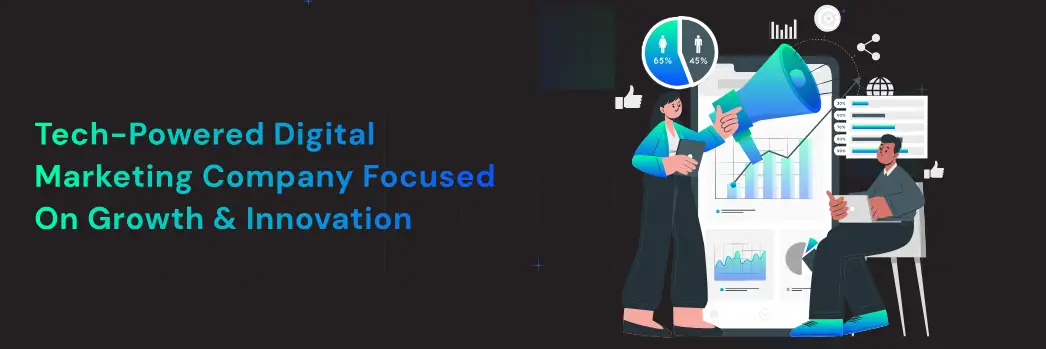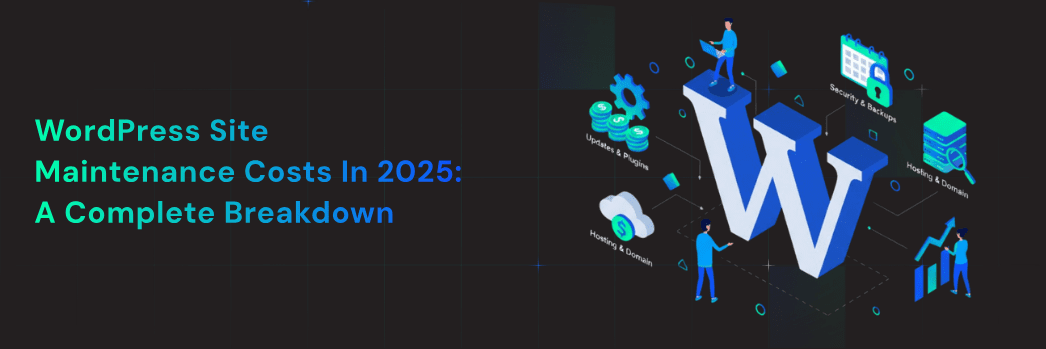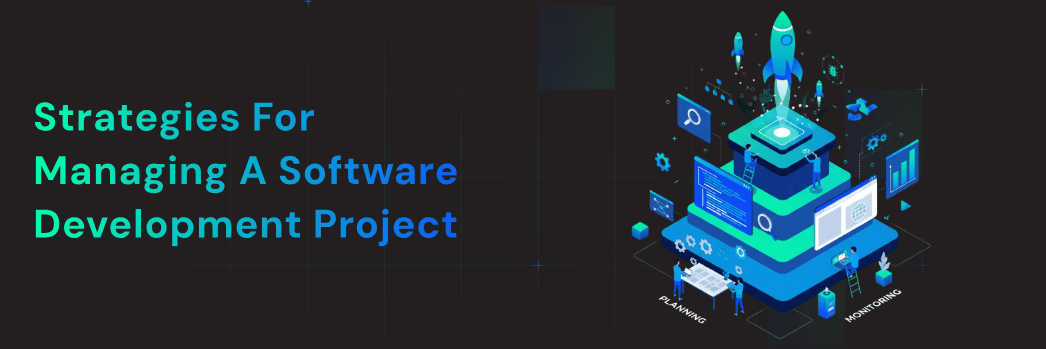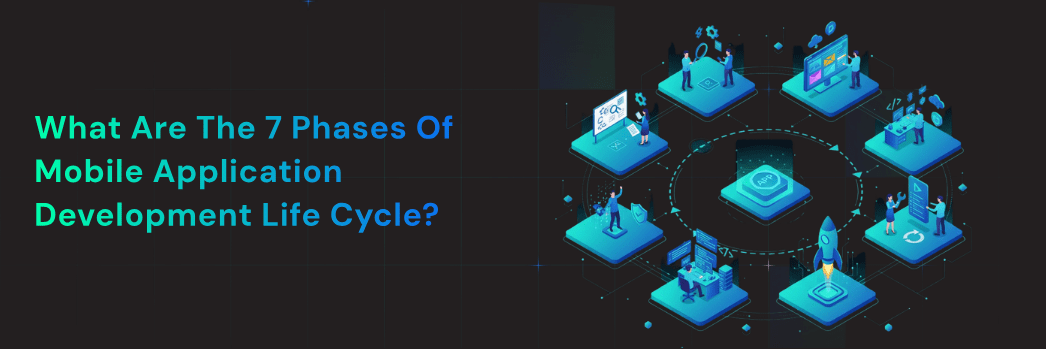Business growth today depends on how effectively companies combine creativity with technology. A marketing campaign is no longer just about good design or catchy slogans—it’s about harnessing advanced tools, platforms, and data-driven strategies that deliver measurable results. Tech-powered marketing blends innovation with performance to help businesses achieve sustainable growth.
Modern consumers are more connected, informed, and selective than ever before. They don’t just want to see ads—they expect personalized experiences that speak to their needs. Technology enables businesses to provide this at scale. From AI-powered analytics and automation to immersive content formats like AR/VR, technology gives marketers the ability to target, track, and optimize with precision.
Technology-driven marketing allows businesses to:
- Analyze customer behavior in real time
- Automate repetitive tasks while keeping messaging personal
- Enhance brand engagement with interactive campaigns
- Scale strategies efficiently across global markets
By making informed, data-backed decisions, companies can reduce wasted resources and maximize ROI.
Many campaigns look appealing on the surface but fail to generate consistent results. Growth-focused marketing emphasizes strategy over simple execution. It relies on market research, competitive analysis, and industry insights.
Instead of asking, “How do we get more clicks?” The question becomes, “How do we convert clicks into loyal customers?” This ensures that marketing activities align with broader business objectives—expanding brand awareness, driving sales, or building long-term customer relationships.
Core growth-oriented strategies include:
- SEO & Content Marketing: Building organic visibility and authority.
- Paid Media Optimization: Ensuring every advertising dollar brings measurable returns.
- Conversion Rate Optimization (CRO): Turning traffic into tangible results.
- Analytics & Reporting: Measuring success and spotting new opportunities.
Integrating technology at every stage allows campaigns to evolve from one-off initiatives to scalable growth engines.
Innovation is not just about adopting the latest tools—it’s about finding smarter ways to solve problems. Forward-thinking marketing continuously experiments, tests, and adapts.
AI-powered chatbots, predictive analytics, and interactive content like quizzes or AR experiences enhance engagement while delivering valuable insights. An innovation-first mindset helps businesses stay ahead of competitors and create memorable experiences.
Data is a cornerstone of effective marketing. Collecting and interpreting data across search engines, social media, email, and websites allows marketers to focus on outcomes like conversions, revenue growth, and customer lifetime value.
With proper data use, companies can:
- Identify high-performing content and replicate success
- Detect patterns in customer journeys to refine targeting
- Reduce ad spend wastage by focusing on proven channels
- Predict seasonal or industry-specific trends
This approach ensures that marketing remains both creative and accountable.
Every business has unique challenges. An eCommerce brand requires strategies for product discovery and reducing cart abandonment, while B2B companies focus on lead nurturing and long sales cycles. Tailored marketing solutions allow strategies to be applied where they matter most.
Examples include:
- E-commerce: AI-driven product recommendations, dynamic remarketing, and multi-channel campaigns.
- Startups: Lean marketing models, influencer partnerships, and rapid brand positioning.
- Enterprises: Scalable SEO, reputation management, and global campaign execution.
Custom solutions ensure innovation is practical and effective across industries.
Customers interact with brands on multiple touchpoints—from search engines and social media to apps and email. Integrating these platforms into a unified ecosystem creates a seamless customer journey.
For instance, a customer clicking a search ad may later receive a personalized email, see a retargeting ad on social media, and engage with a website chatbot. Coordinated efforts across platforms increase the likelihood of conversion.
Short-term campaigns may generate temporary traffic spikes, but long-term growth requires consistent strategy, monitoring, and adaptation. Businesses that approach marketing as an ongoing process—an evolving system of insights and innovations—are better positioned for sustainable success.

The future of marketing belongs to those who merge technology with strategy and creativity with data. Companies that embrace tech-powered marketing, focus on growth, and cultivate innovation will not only see better returns but also strengthen their brand resilience.
Tech-powered marketing is not just about executing campaigns—it’s about building growth engines, creating meaningful customer experiences, and continuously adapting in an ever-changing market. Businesses that approach marketing this way are equipped to thrive and stay ahead of the competition.
Search
Recent Post
- WordPress Site Maintenance Costs in 2025: A Complete Breakdown
- Strategies for Managing a Software Development Project
- What Are the 7 Phases of Mobile Application Development Life Cycle?
- Advantages of Swift Language: Why Should You Build an iOS App with Swift?
- Node.js vs. React.js: Which JavaScript Technology Should Developers Choose?
- UI/UX Design Services – Expert Solutions for Web & Mobile Apps
Categories
- Blog (43)
- Mobile App (7)
- option1 (1)
- option2 (1)
- WordPress (2)




